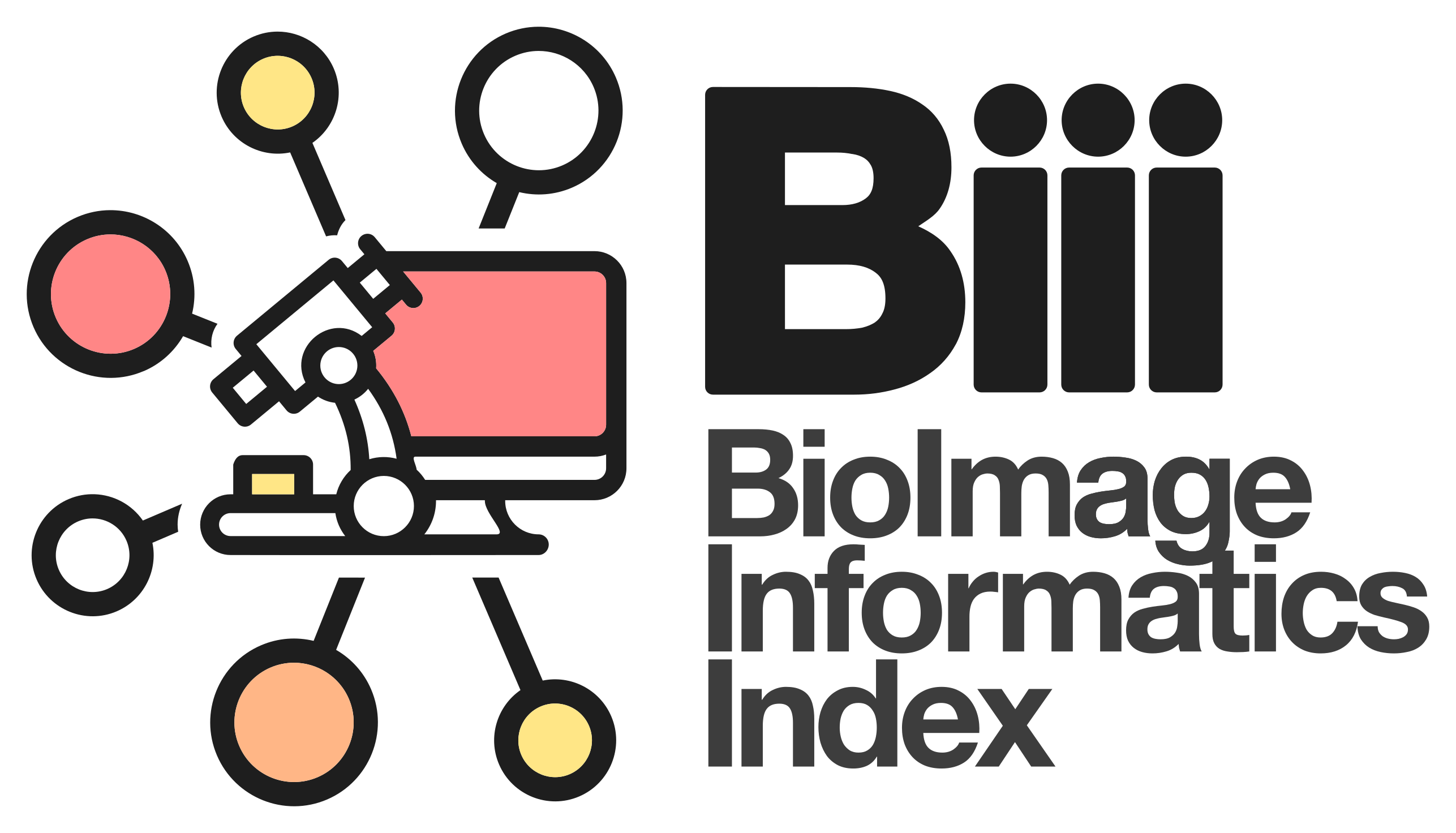Contents
| Image | Title | Category | Type | Description | Updated |
|---|---|---|---|---|---|

|
BioImageXD | Software | Collection | BioImageXD is a free open source software package for analyzing, processing and visualizing multi-dimensional microscopy images. It's a collaborative project, designed and developed by microscopists, cell biologists and software engineers from the Universities of Jyväskylä and Turku in Finland, Max Planck Institute CBG in Dresden, Germany and collaborators worldwide. BioImageXD was published in the July 2012 issue of Nature Methods. |
03/03/2020 - 18:03 |
| |
ADAPT | Software | Component | ADAPT is capable of rapid, automated analysis of migration and membrane protrusions, together with associated |
04/29/2023 - 23:23 |

|
Advanced Cell Classifier | Software | Collection | Advanced Cell Classifier is a data analyzer program to evaluate cell-based high-content screens and tissue section images developed at the Biological Research Centre, Szeged and FIMM, Helsinki (formerly at ETH Zurich). The basic aim is to provide a very accurate analysis with minimal user interaction using advanced machine learning methods. |
03/03/2020 - 17:20 |
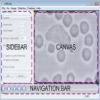
|
CellTrack | Software | Collection | A standalone cell tracking software for single cell migration. Tracking of cells in tissue was also done in Drosophila germband. |
05/17/2023 - 11:09 |
| |
ImageJFX | Software | Collection | The ImageJFX Project aims to create a new user interface for the software ImageJ in order to ease scientific image analysis. While keeping the core components of ImageJ, ImageJFX brings scientists closer to their goal by making the interface clearer for beginners and more practical for advanced users. |
04/29/2023 - 15:06 |

|
QuantCenter | Software | Collection | QuantCenter is the framework for 3DHISTECH image analysis applications. with the goal of helping the pathologists to diagnose in an easier way. QuantCenter, is optimized for whole slide quantification. It has a linkable algorithm concept that tries to provide an easy-to-use and logical workflow. The user has different quantification modules that he or she could link one after other to fine-tune or to speed up the analysis. |
04/26/2023 - 16:16 |
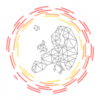
|
ColorLab | Software | Collection | COLORLAB is a component for processing, representing and reproducing color in a MATLAB environment. Among others, some of the functionalities it makes able to: -Represent the color content of any image in chromatic diagrams and tristimulus spaces in any system of primaries. -Compute advanced color descriptions of any image using several color appearance models (CIELab, CIEluv, ATD, Rlab, LLab, SVF and CIECAM). An userguide is provided. |
10/18/2019 - 18:15 |
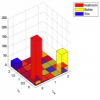
|
Spine classification based on kernel density estimation | Software | Component | We propose to use a kernel density estimation (KDE) based approach for classification. This non-parametric approach intrinsically provides the likelihood of membership for each class in a principled manner. The implementation was used in Ghani2016. Any papers using this code should cite Ghani2016 accordingly. The software has been tested under Matlab R2013b.
Sample Data: Annotated two-photon images of dendritic spines |
08/16/2018 - 17:46 |
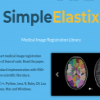
|
simpleElastix | Software | Collection | 05/19/2021 - 20:51 | |

|
Local Phase Quantization (LPQ) descriptors | Software | Component | This is a Matlab implementation of Local Phase Quantization (LPQ) texture descriptors that is robust to image blurring due to the use of phase information. Theoretical background could be found here: http://www.ee.oulu.fi/research/mvmp/mvg/files/pdf/ICISP08.pdf |
10/18/2019 - 18:18 |

|
ASAP | Software | Collection | ASAP is an open source platform for visualizing, annotating and automatically analyzing whole-slide histopathology images. It consists of several key-components (slide input/output, image processing, viewer) which can be used seperately. It is built on top of several well-developed open source packages like OpenSlide, Qt and OpenCV but also tries to extend them in several meaningful ways. |
03/03/2020 - 21:30 |

|
MyTardis | Software | Collection | MyTardis is free and open-source data management software. It facilitates annotation, sharing and archiving of data and metadata collected from different modalities. It focuses on integration with scientific instruments, instrument facilities and research storage and computing infrastructure; to address the challenges of data storage, data access, collaboration and data publication. |
05/03/2023 - 16:37 |
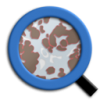
|
QuPath | Software | Collection | QuPath is open source software for Quantitative Pathology. QuPath has been developed as a research tool at Queen's University Belfast. |
04/28/2023 - 14:16 |

|
BSIF (Binarized Statistical Image Features) | Software | Component | This is a software toolbox that extends the original BSIF code allowing the utilization of a GPU in Matlab to compute the features. It contains: -Matlab function to calculate BSIF in CPU -Matlab function extension to calculate BSIF in GPU -Pre-learnt filters -Usage instructions |
10/18/2019 - 18:23 |

|
CBIRetrieval | Software | Component | This is a Java content-based image retrieval software components. It can be runned independantly or connected to a Cytomine server. Content-based image retrieval (CBIR), also known as query by image content (QBIC) and content-based visual information retrieval (CBVIR) is the application of computer vision techniques to the image retrieval problem, that is, the problem of searching for digital images in large databases. Content-based" means that the search algorithm analyzes the contents of the image rather than the metadata such as keywords, tags, or descriptions associated with the image. |
03/08/2019 - 03:14 |

|
Local BInary Pattern (general code) | Software | Component | Matlab implementation (2014) of Local Binary Pattern. Used for texture image analysis with insensitivity to local average value. Good explanation here: http://www.ee.oulu.fi/research/imag/mvg/files/pdf/ICCV2009_tutorial.pdf |
10/18/2019 - 18:29 |

|
matlabPyrTools | Software | Component | This package contains some MatLab tools for multi-scale image processing. Briefly, the tools include: - Recursive multi-scale image decompositions (pyramids), including Laplacian pyramids, QMFs, Wavelets, and steerable pyramids. These operate on 1D or 2D signals of arbitrary dimension. Data structures are compatible with the MatLab wavelet toolbox. - Fast 2D convolution routines, with subsampling and boundary-handling. - Fast point-operations, histograms, histogram-matching. - Fast synthetic image generation: sine gratings, zone plates, fractals, etc. |
10/18/2019 - 18:43 |

|
muscleQNT: Muscle fiber counting | Software | Collection | A workflow in Python to measure muscule fibers corresponding to the method used in Keefe, A.C. et al. Muscle stem cells contribute to myofibres in sedentary adult mice. Nat. Commun. 6:7087 doi: 10.1038/ncomms8087 (2015).
Example image:
|
04/27/2023 - 13:18 |

|
Pyxit Landmark detection | Software | Component | It is a trainable interest point (anatomical landmarks) detection algorithm. It requires images and interest point coordinates. It can run independantly (using csv files to describe coordinates) or it can be executed using Cytomine.
Typical application: Morphometric studies (e.g. in zebrafish/drosphila development)
|
10/18/2019 - 18:32 |
| |
Neurolucida | Software | Collection | Neurolucida is a powerful tool for creating and analyzing realistic, meaningful, and quantifiable neuron reconstructions from microscope images. Perform detailed morphometric analysis of neurons, such as quantifying 1) the number of dendrites, axons, nodes, synapses, and spines, 2) the length, width, and volume of dendrites and axons, 3) the area and volume of the soma, and 4) the complexity and extension of neurons. See 10.3389/fnins.2012.00049 |
03/05/2020 - 11:28 |
